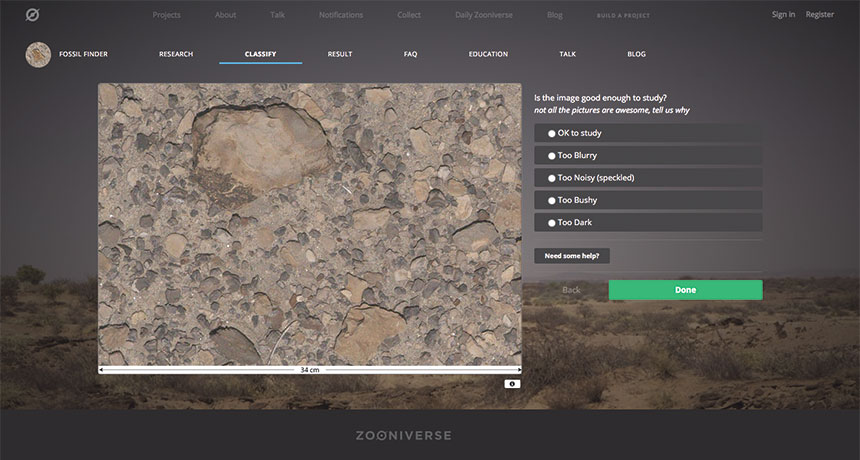Search for fossils from the comfort of home
New citizen science website seeks help classifying photos

INTERNET SEARCH To better understand the past environment of Kenya’s Lake Turkana Basin, FossilFinder.org asks volunteers to scrutinize thousands of aerial photos taken at the site.
Fossil Finder/Zooniverse